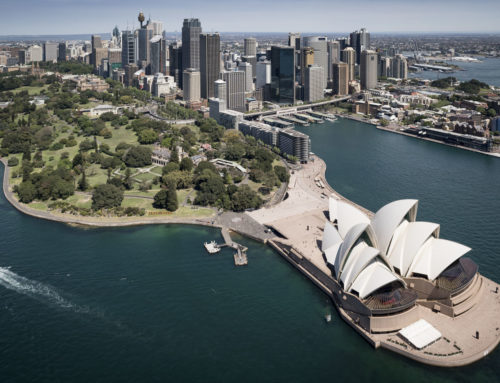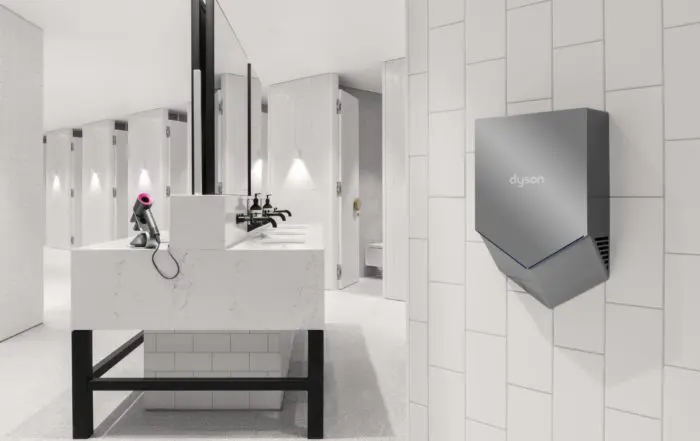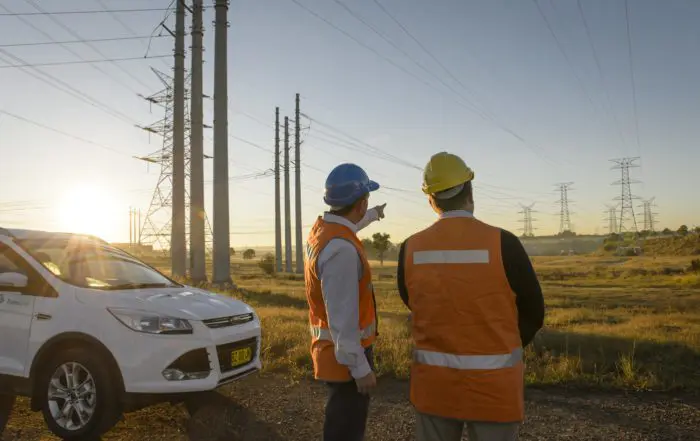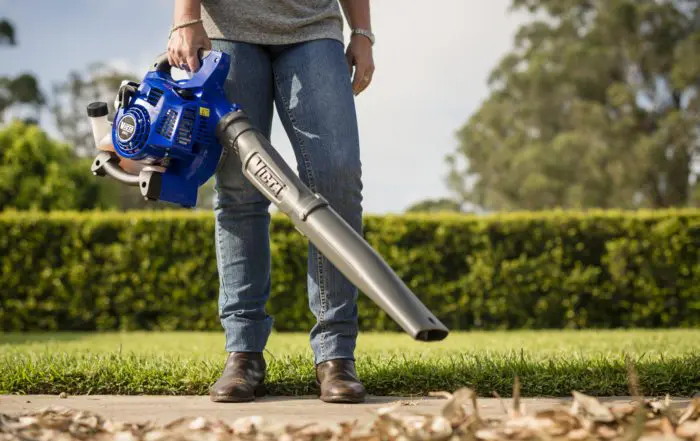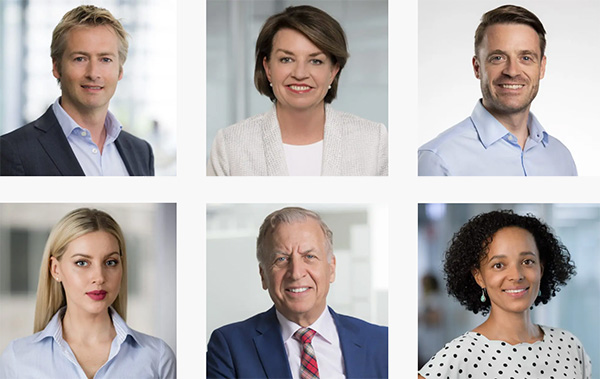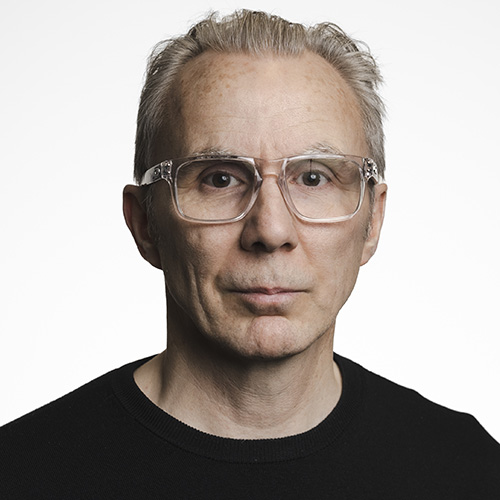
Shooting The Breeze is a photography blog by Gavin Jowitt, an award-winning Sydney-based photographer, offering valuable articles and advice on corporate, industrial, and architectural photography; life and photography in Sydney; and running a successful photography business.
How the Fear of Looking Bad in Photos Can Influence Your Behaviour in Front of the Camera
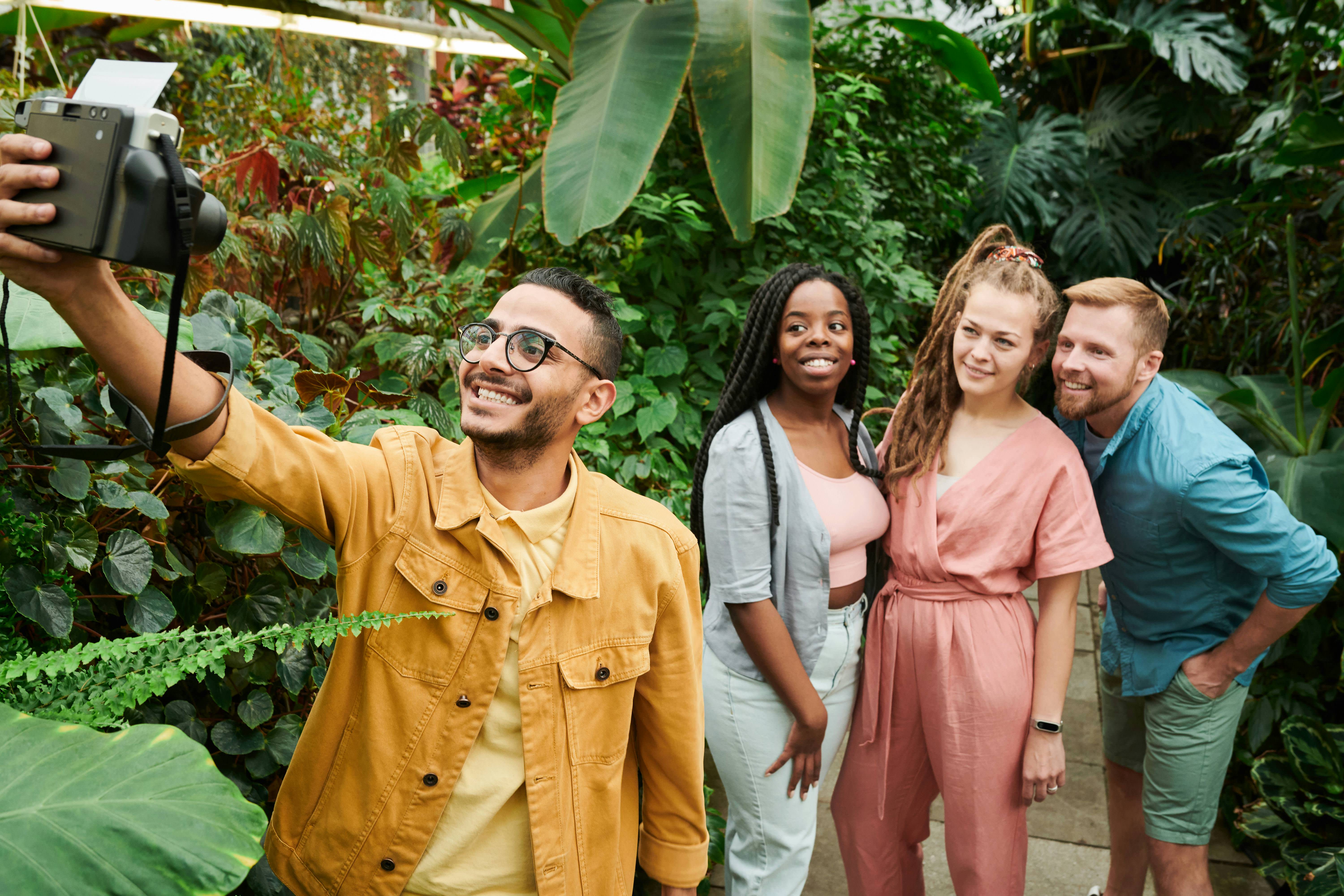
For many, the camera lens is less an object of art and more a gateway to anxiety. The belief that one always looks bad in photographs can significantly impact how one behaves when faced with the flash. It’s a self-fulfilling prophecy: the more you worry about looking bad, the less relaxed you are, resulting in photos where you appear uncomfortable, stiff, or inauthentically posed. This cycle of dread and dissatisfaction often keeps many from enjoying moments captured through photography.
Understanding the Psychological Impact
The camera, an innocuous piece of technology, can feel like a judge, ready to capture a flawed version of ourselves that we fear will be etched in perpetuity. This anxiety manifests physically—people screw up their faces, stiffen their posture, or overcorrect their smile, leading to awkward photographs that only reinforce their fears.
Why does this happen? It’s largely due to self-perception and social anxiety. For someone convinced they aren’t photogenic, the camera symbolises a critique of their appearance. This is compounded by the era of social media, where photographs are often subjected to both self-scrutiny and public examination.
Breaking the Cycle
- Understand the Cause of Your Anxiety: Sometimes, recognising why you feel anxious can diminish the power of that anxiety. Are you worried about a specific feature? Afraid of not meeting social standards? Knowing the root cause can help in addressing it directly.
- Practice Makes Perfect: Familiarity breeds comfort. Spend time in front of a mirror practising poses and smiles. Then, using a camera at home, start taking photos of yourself. Review these pictures not critically but as a way to observe and learn what angles, smiles, and poses you prefer.
- Redefine What a ‘Good’ Photo Means: Shift your focus from looking ‘perfect’ to capturing a moment. Photos are about memories, emotions, and stories, not just aesthetics. Embrace the candid shots that show genuine laughter, thoughtful glances, and real interactions.
- Technique Matters: Simple techniques can vastly improve how you look and feel in photos. Try the ‘squinch’—a slight squint that narrows your eyes to make you look more confident. Relax your mouth, and breathe through your lips right before a photo is taken to avoid a tense expression.
- Professional Guidance: Working with a professional photographer can change your perspective on photography. These experts can guide you on how to stand, where to look, and how to relax. Their experience can be incredibly reassuring; they know how to capture you at your best.
- Mindfulness and Relaxation: Before stepping in front of the camera, engage in relaxation techniques. Deep breathing, listening to calming music, or practising brief meditative exercises can ease your tension. Remind yourself that the camera is just a tool, not a judge.
- Wear Comfortable Clothes: Choose outfits that make you feel good about yourself. Comfort translates into ease, and when you’re physically comfortable, you’re more likely to look relaxed in your photos.
- Communicate with Your Photographer: Whether it’s a professional shoot or a friend taking a photo, communicate your feelings. A good photographer will appreciate your honesty and can adjust their approach, perhaps by using humour or guidance to elicit natural and flattering poses.
- Focus on the Experience, Not the Outcome: Engage fully with the event or the moment being captured rather than the end result of the photos. Enjoy the company you’re with or the surroundings you’re in. Often, the best photos come when you’re genuinely engaged in the moment.
Transforming your relationship with the camera from foe to friend starts with changing your internal narrative about photography. It’s about shifting focus from fearing how you’ll look in the final product to embracing the process of capturing life’s moments. Remember, photographs are not just about showcasing appearances; they’re bookmarks in our life’s story, meant to be looked back on with joy, not judgment. By learning to relax in front of the camera, you allow your genuine self to shine through, and often, that’s when the best photos are taken.
About the author
Gavin Jowitt is an accomplished corporate communications and branding professional with over 30 years of experience as a creative director and photographer. Awarded Australian Commercial Photographer of the Year in 2019, Gavin has built a reputation for delivering high-quality photography that enhances stakeholder communication. Gavin works with a wide array of public and private sector clients, guiding them in creating versatile photography libraries while offering extensive corporate, industrial, and commercial photography services throughout Australia.
Recent posts
Victoria Cross: Photographing North Sydney’s New Metro Station
Photographing Victoria Cross station captured its sleek design and functionality, showcasing how it transforms North Sydney’s urban landscape and connectivity.
The Art of Clean: Why Dyson Demands the Highest Quality Product Photography
Dyson's unwavering commitment to visual excellence and how it has shaped their brand identity in the minds of consumers.
Tips for Planning and Arranging a Photoshoot at Your School
In today’s digital age, visual content is one of the most potent ways to engage and inspire prospective students, parents, and staff. Whether for a new school prospectus, website, or social media, professional education photography [...]
Transgrid’s Innovative Use of Photography
Transgrid is illuminating the human and technical side of Australia's energy infrastructure through captivating visual storytelling.
The Power of Lifestyle Product Photography
A deep dive into the world of lifestyle product photography, with a focus on Victa Australia's journey to creating powerful visual connections with their customers.
Sydney Photographer / Featured Service / Corporate Headshots in Sydney
As a professional Sydney-based photographer specialising in corporate headshots, I recognise the significance of top-quality images for building the professional profiles of your key personnel. My expertise is crafting professional headshots highlighting confidence, character, and professionalism.
> Headshot pricing and book online
